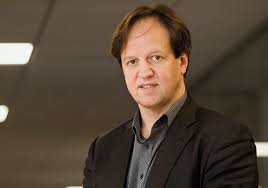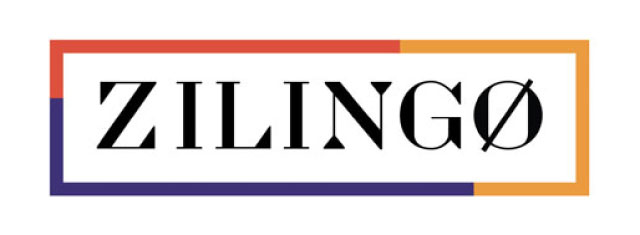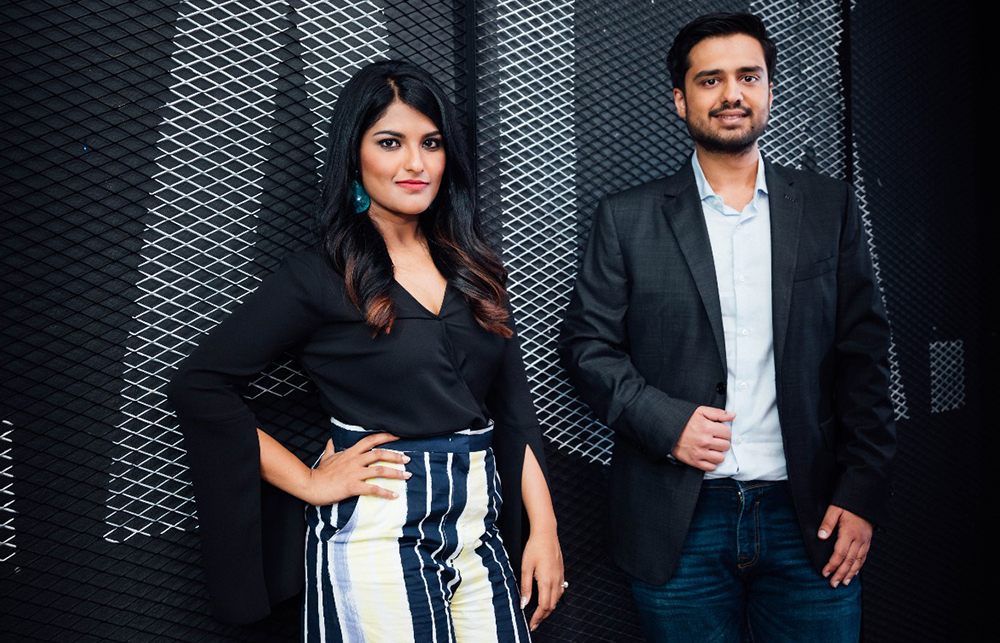Harald Hass- German Professor who coined the new Li-Fi technology
Generally, we all know wired and wireless communication technologies because we all use it. For example, the telephones(the cable ones) as a wired communication device, and of course mobile as a wireless communication device. But like all fields, communication technology is also improvising day by day, many new inventions are there like Li-fi technology. It is introduced by Harald Hass for the first time in the world. Well, it is a form of wireless communication known as light fidelity technology.
In 2011, at TED global talk, Hass made the reference of visible light communication, and based on this he introduced the advanced Li-fi communication technology for the first time. After this, it became the center of attraction for many researchers and scientists. As well, Time Magazine listed the Li-fi technology in the list of Top 50 inventions of the year 2011.
About Li-Fi
Li-fi stands for Light Fidelity. It is the Optical Wireless communication’s derivative. In common language, we can say it as an advanced form of optical wireless communication. Light-emitting diodes are the center of this technology. The light emitted from these LEDs is used as a medium to deliver the network to mobile phones and enables high-speed communication. Similar to Wi-Fi, but Li-fi uses light as a medium.
A person who introduced Li-Fi for the first time- Harlad Hass
He is a German professor who is best known for many scientific types of research, Li-Fi is one of them. In fact, he has been credited for introducing li-fi for the first time. Presently, he is working at the University of Edinburgh as a professor in the field of mobile communication. However, he has a Ph.D. degree from the same University. As well, Hass is the Royal Society of Edinburgh’s fellow since 2017.

Career and Notable researches
He is a professor at the University of Edinburgh and director of life research center at the same university. Also, he contributed to establishing pureLiFi ltd where he is serving as a director and chief scientific officer.
Coming to his research field, Hass’s special area of research is wireless communications. Specifically in Hybrid optical wireless/RF communication, spatial modulation, optical wireless communication, and interference coordination in wireless networks. However, he coined Li-fi and spatial modulation, and among these researches, Li-fi became most popular.
In 2011, Li-fi was in the Time Magazine’s list of Top 50 inventions. As a matter of fact, Hass introduced the world about Li-fi in TED Global talk in 2011.
Contribution to promote Li-fi
In his TED talk, he represented Visible light communication, whose references found in history(Particularly 1880s duration). Base on this, he introduced Light fidelity, attributed to Li-Fi. He not only coined the term but also try to market it with setting up a company known as PureLiFi. Today, this firm is working to commercializing Li-fi products.
Awards and recognition
Harald Hass received many awards for his contribution to wireless communications. In 2015, for his Journal on Wireless Communications and Networking, Hass received EURASIP Best Paper Award(Co-recipient). Also, he became co-recipient of the Jack Neubauer Memorial Award of the IEEE Vehicular Technology Society in the same year. EPSRC offered him Career Fellowship in the UK in 2012, it is one of the prestigious fellowships. Moreover, the University of Edinburgh honored him with Tam Dalyell Prize in 2013 for his contribution to engaging common people with science. Recently, EPSRC selected him as one of the RISE Leaders in the UK in 2014(RISE- Recognising Inspirational Scientists and Engineers).
Future of Li-fi technology
As of 2018, the Li-fi market had projected to deliver the 6 billion dollars per year. But till now the market is not developed as wi-fi. Because there are few limitations. Like as of now, it is not ideal for mobile communication purposes. However, Li-fi technology offers many advantages especially in electromagnetic sensitive areas. Like hospitals, nuclear power plants, aircraft cabins. Therefore, it can be turn out useful in the future.
Bottom Line
Harald is working on commercializing the product that uses Li-fi technology with his PureLiFi firm. As well, many scientists are working on this. It is just the beginning of Li-Fi, in the future it may get more advanced and scientists can find the solution to its restrictions. Also, we know that whenever any technology is new, there are some limitations and people take some time to accept it. But once it is accepted it becomes part of daily life. Hopefully, it will turn out useful for humans in the future.

Jayshri is an Electronics Engineer, but her passion towards writing made her to be in this field. Apart from content writing, she loves reading, writing and surfing on various topics. In her free time, she likes to watch TV series and news. Sherlock Holmes is her all time favorite show. Jayshri loves cooking various Indian-western dishes.









